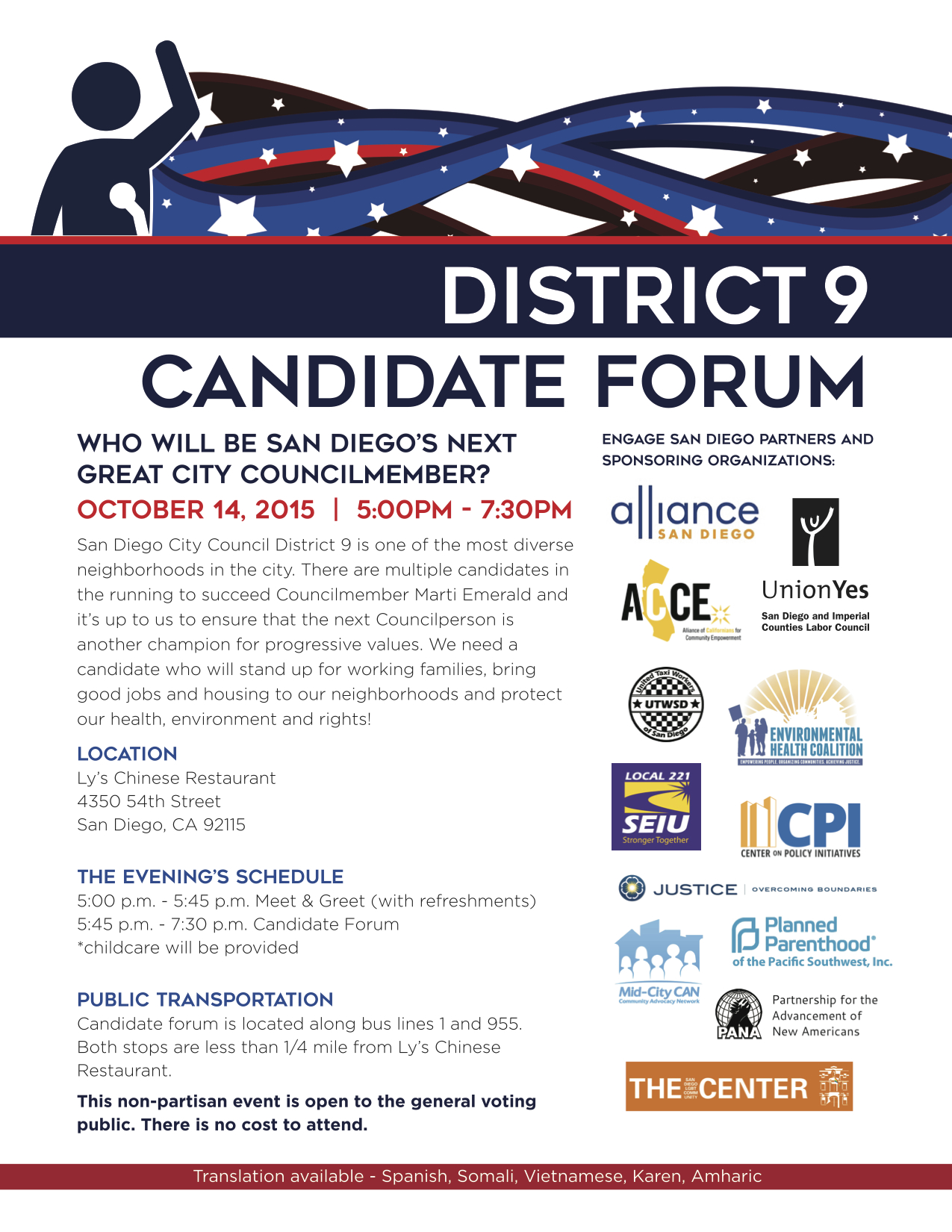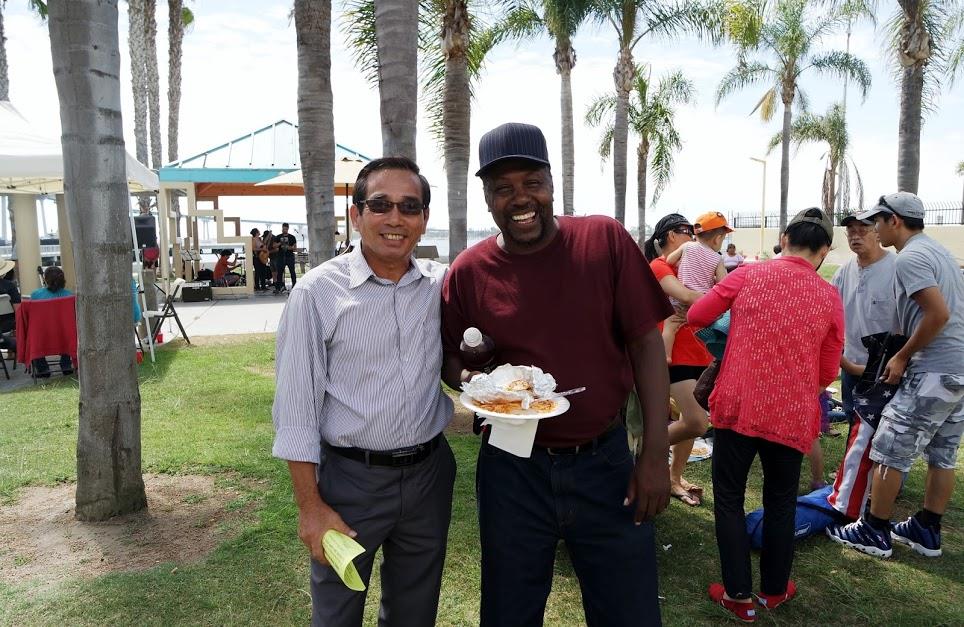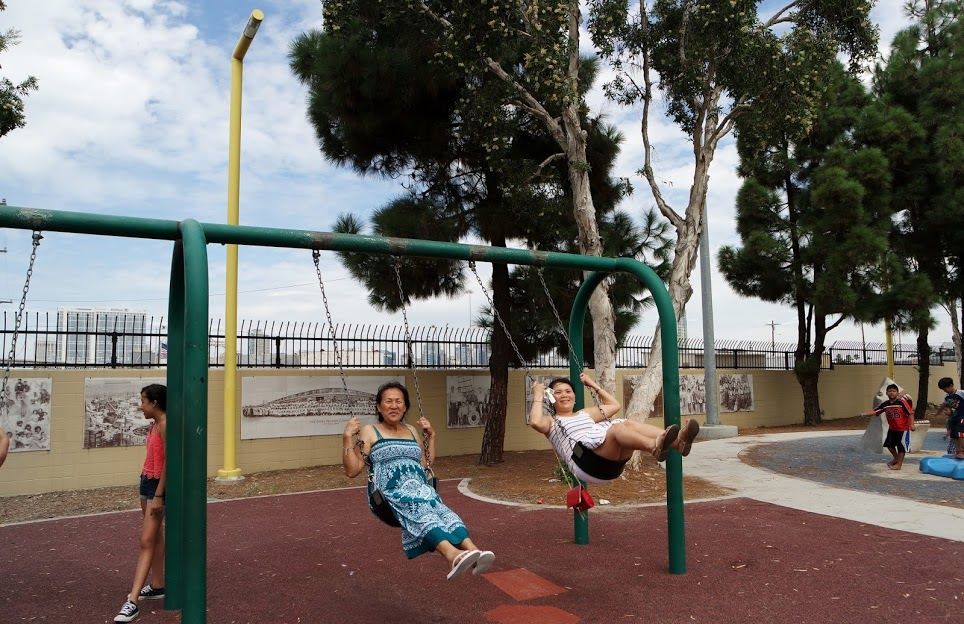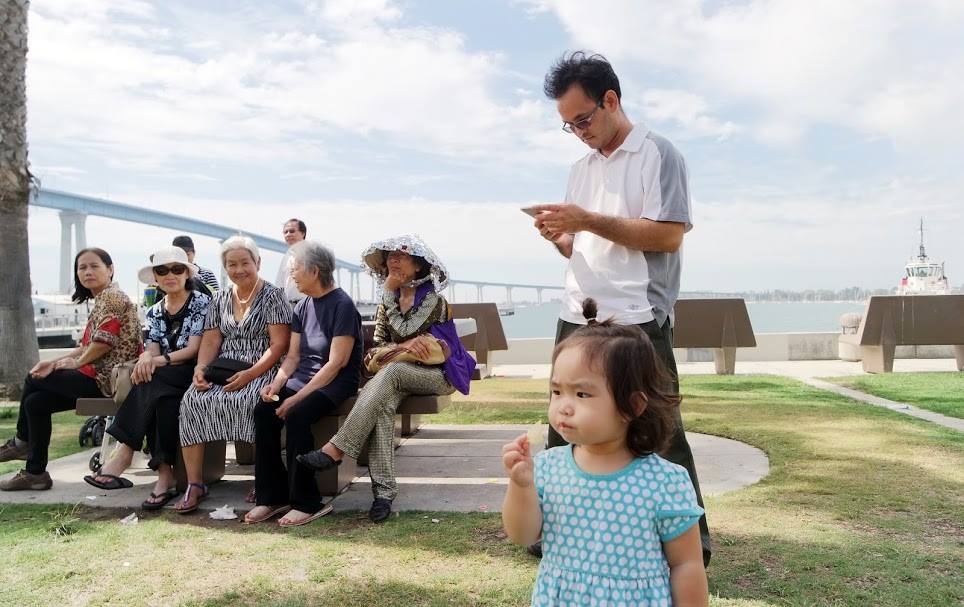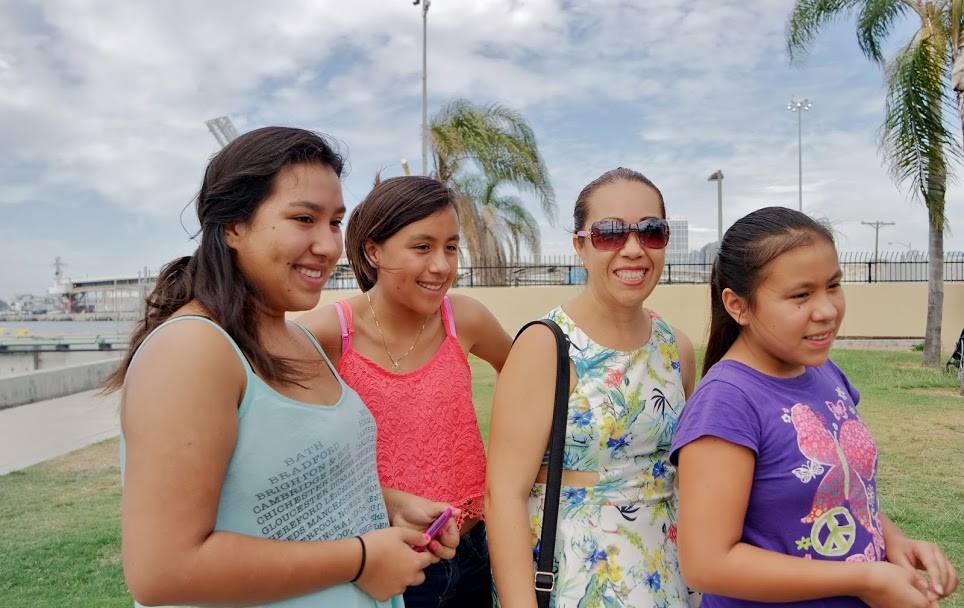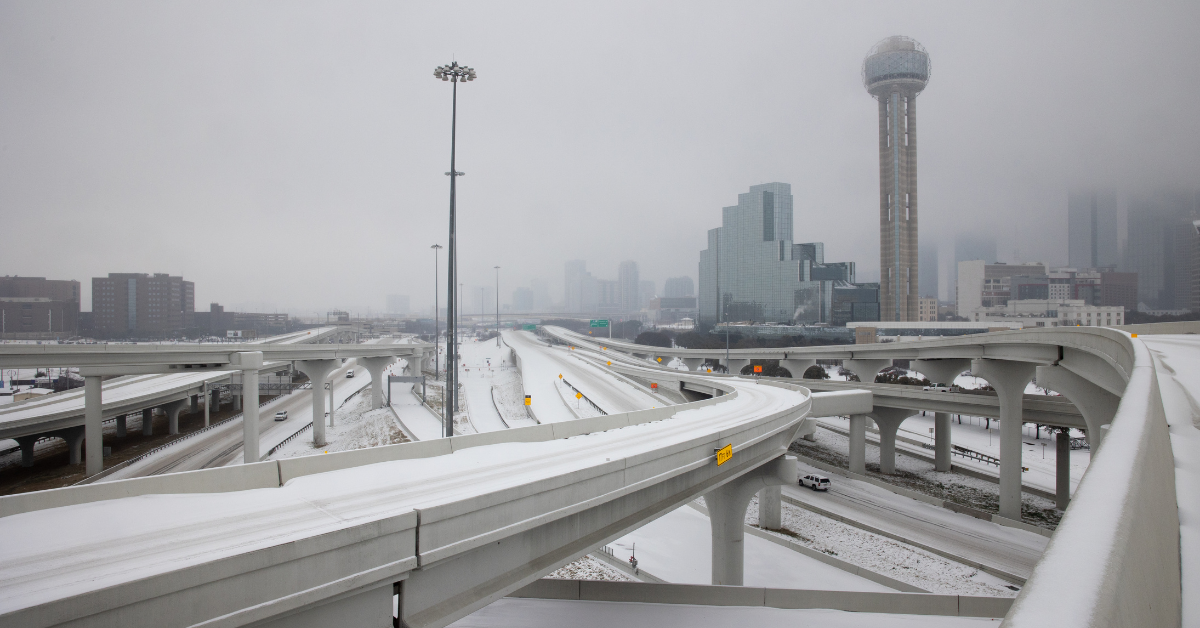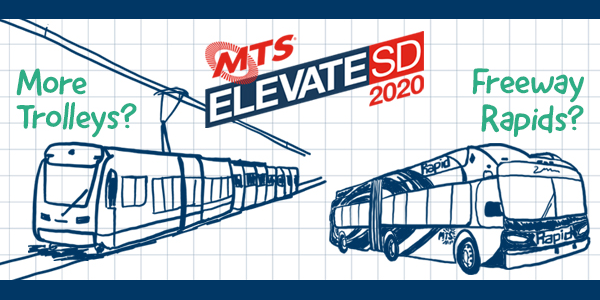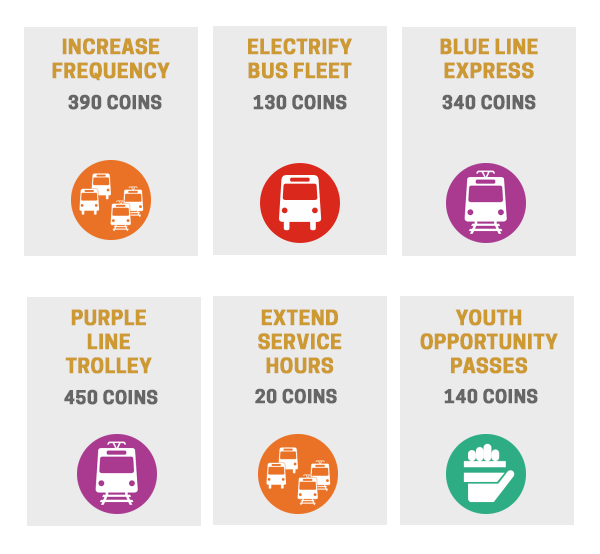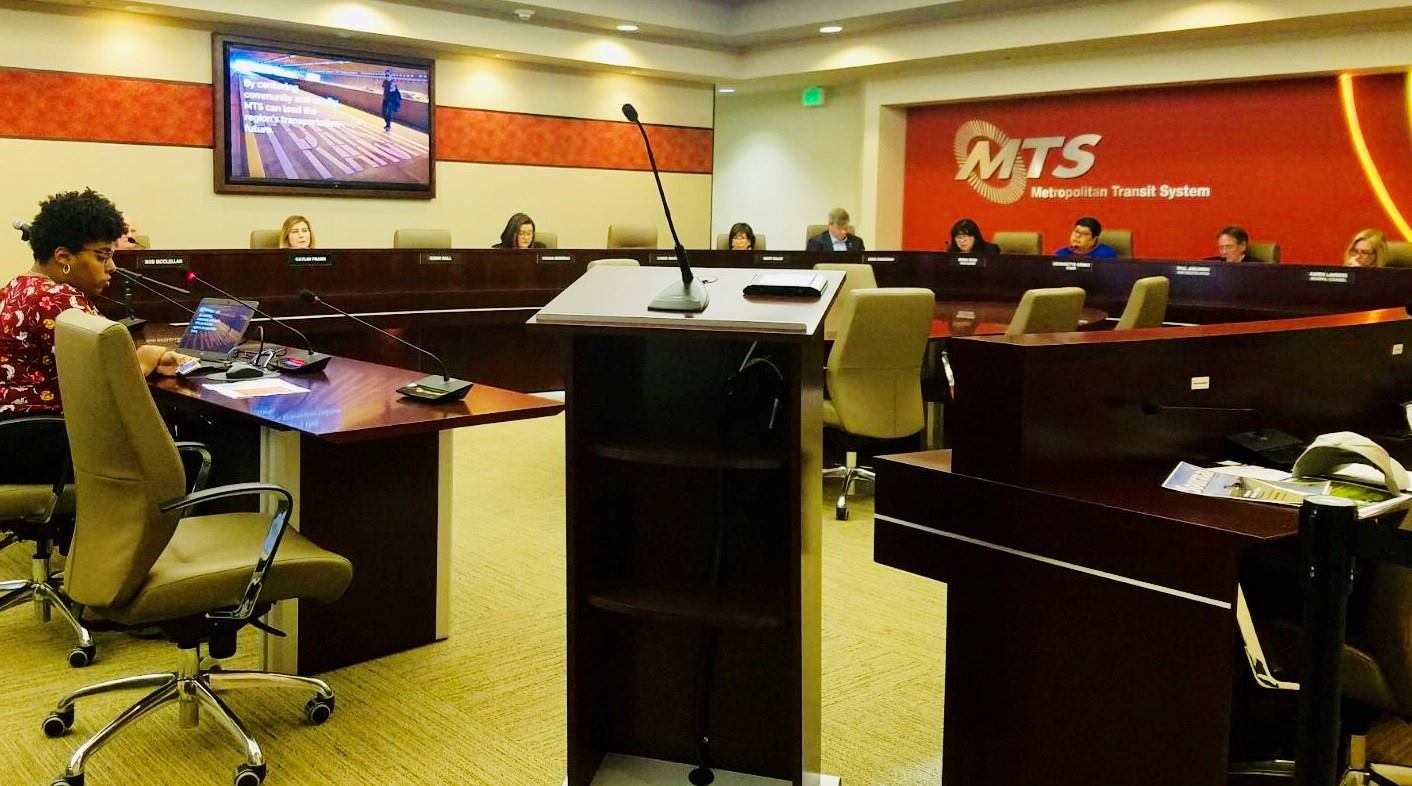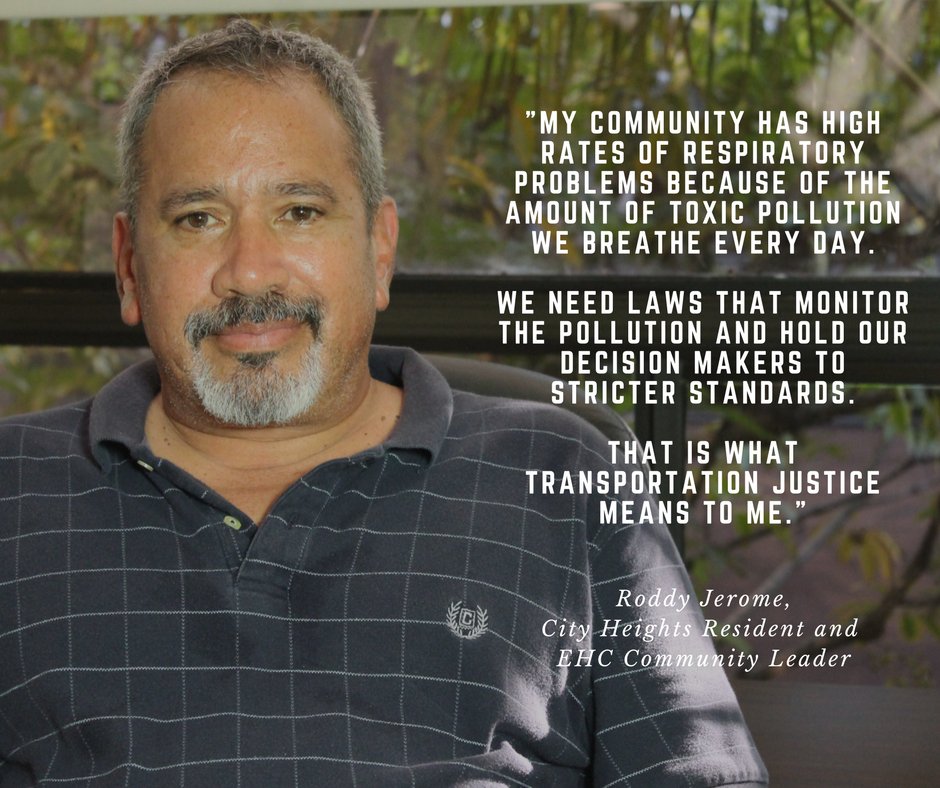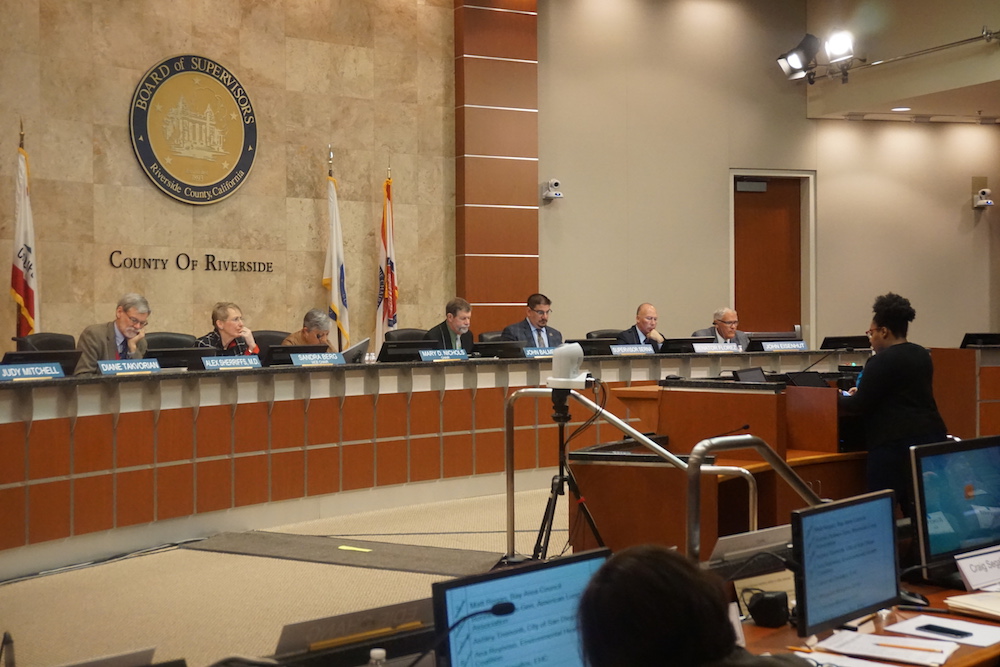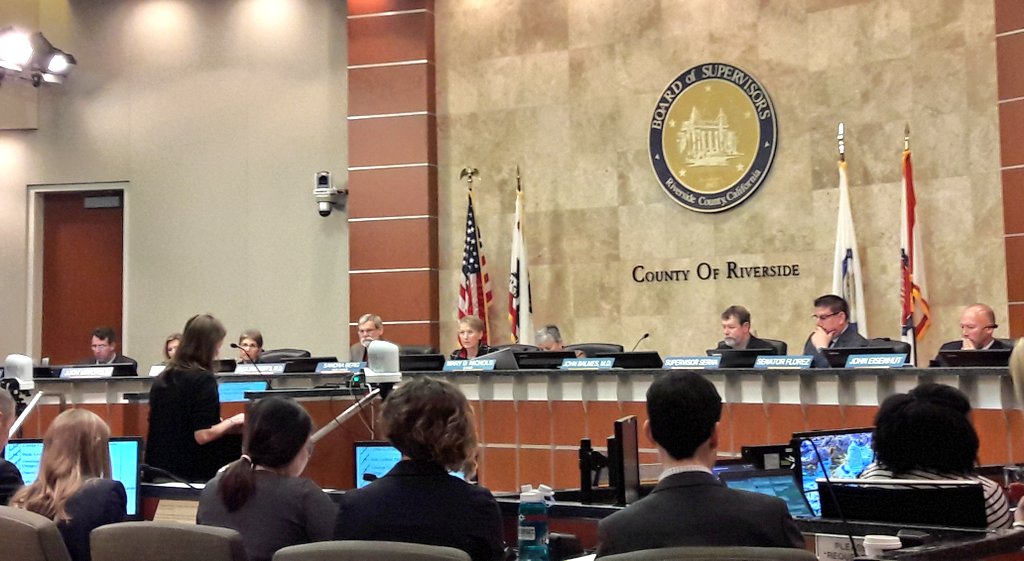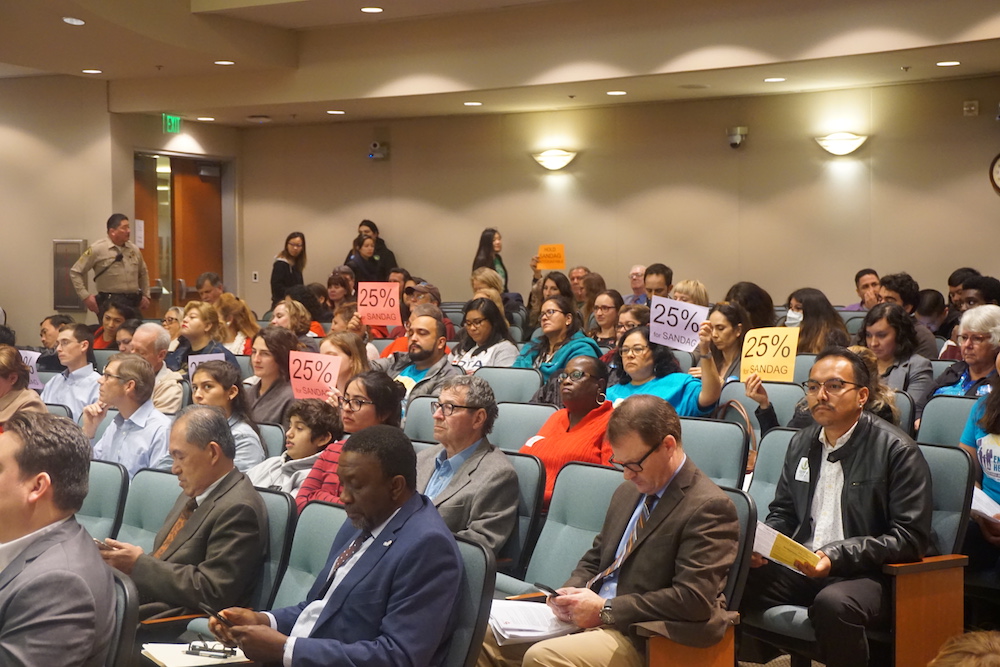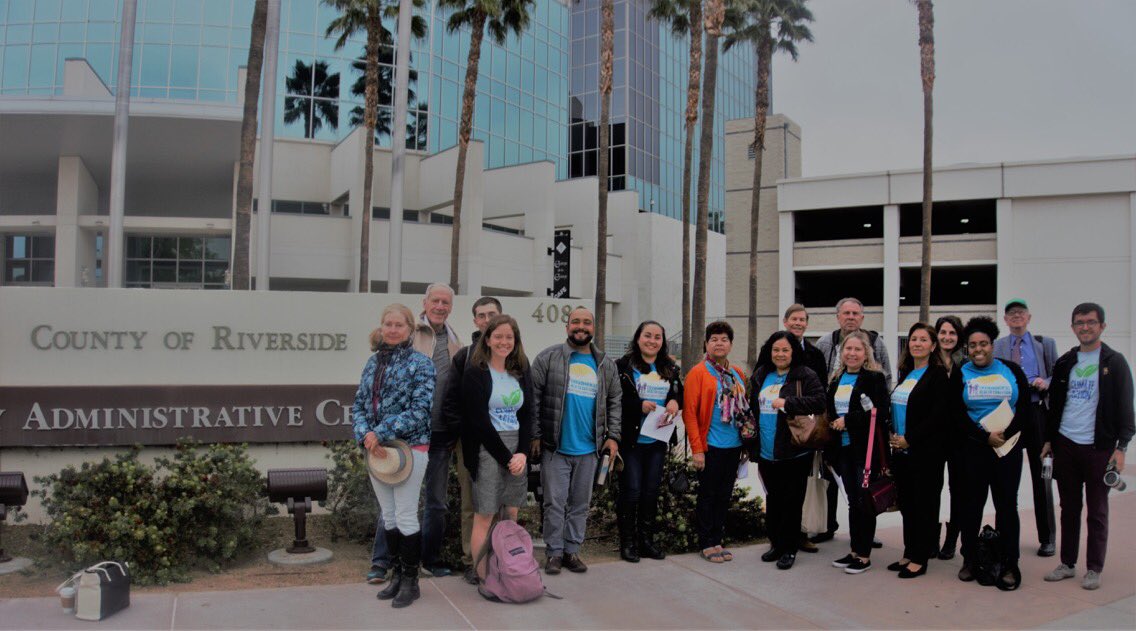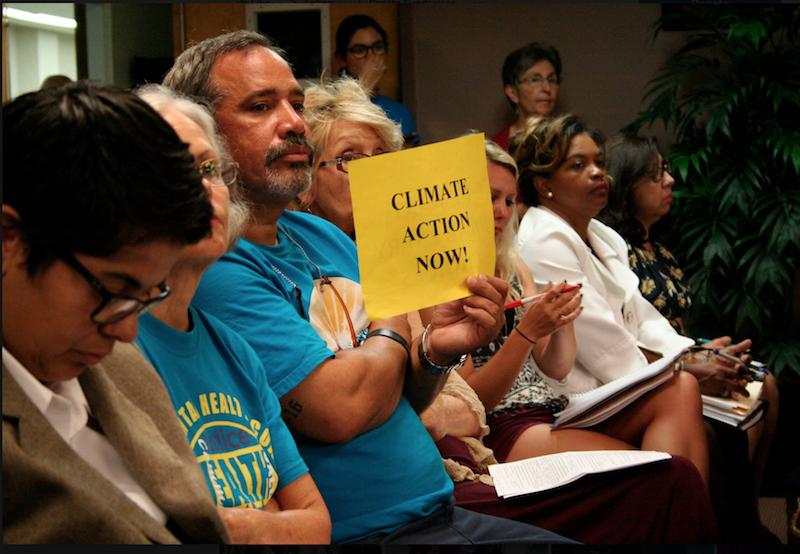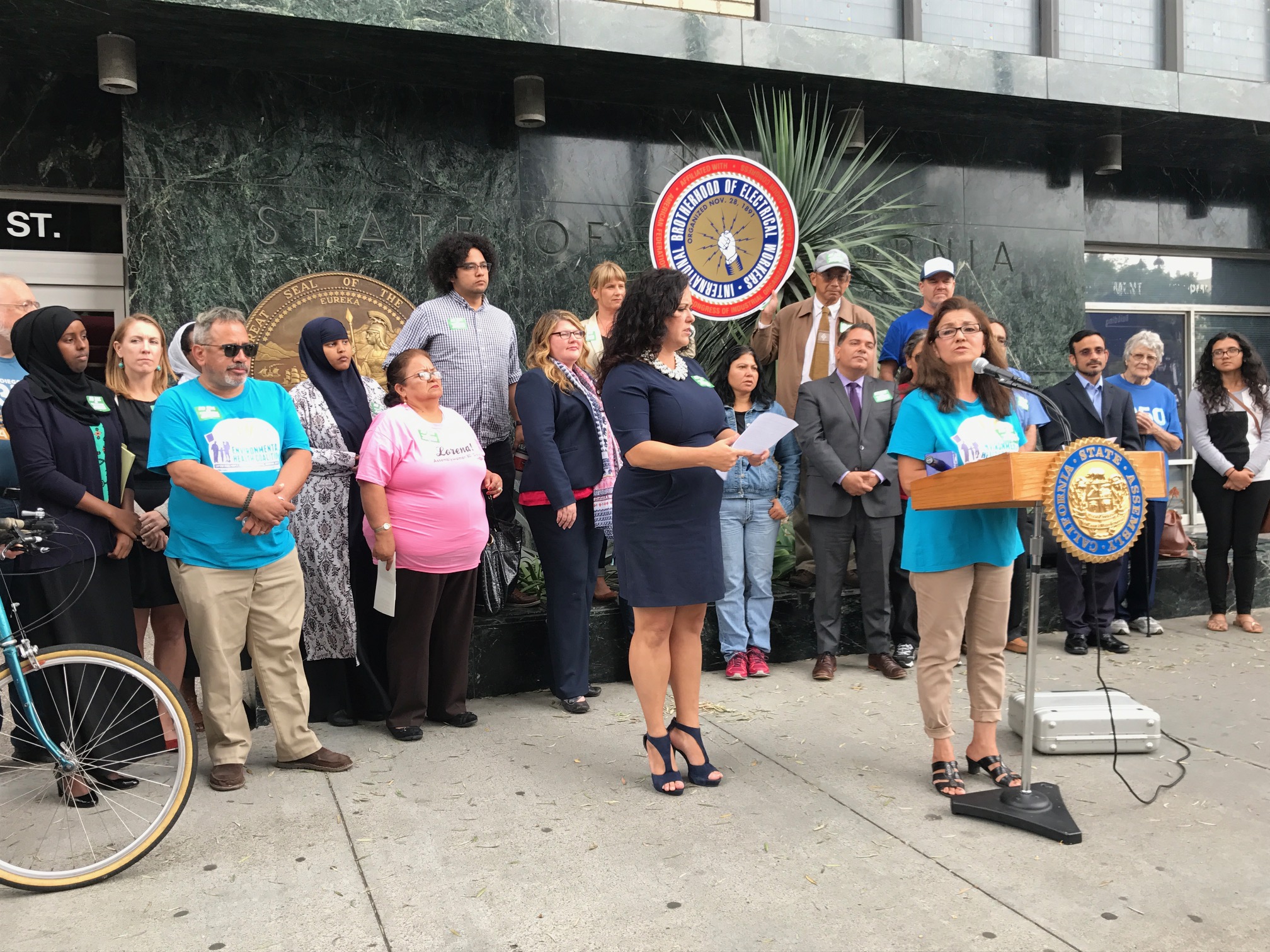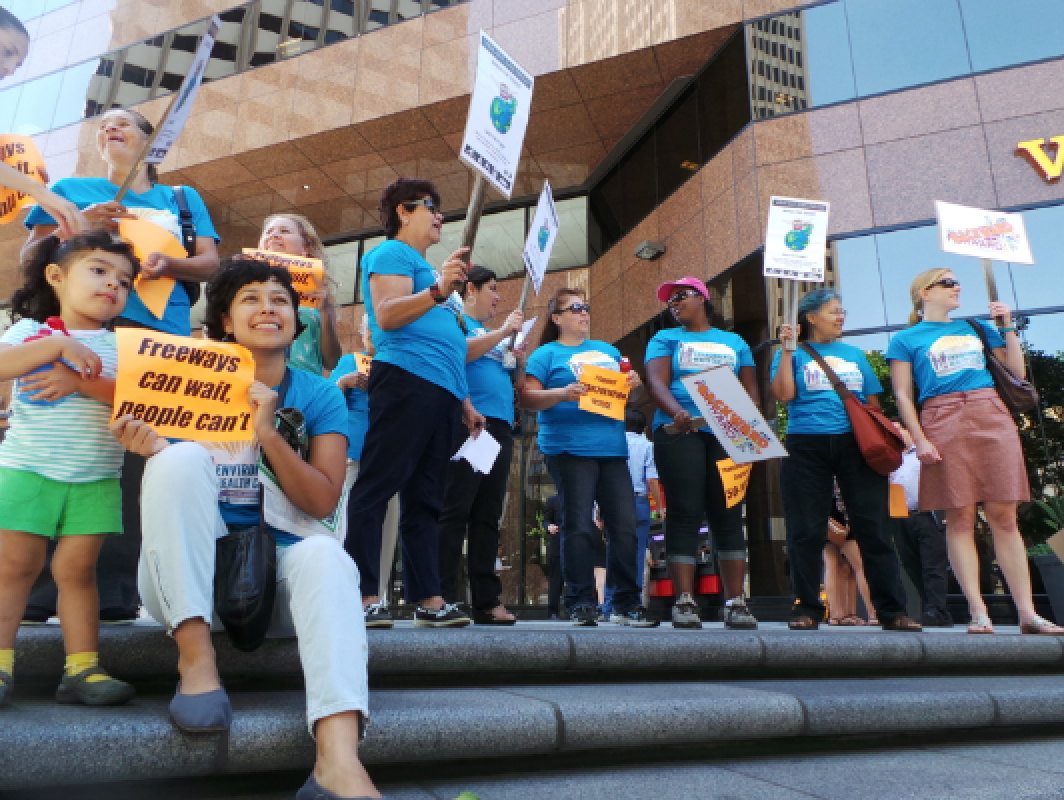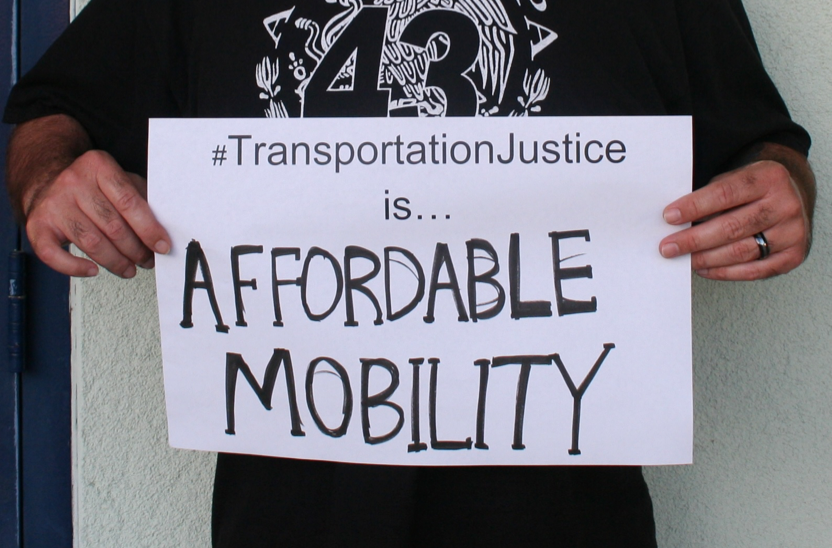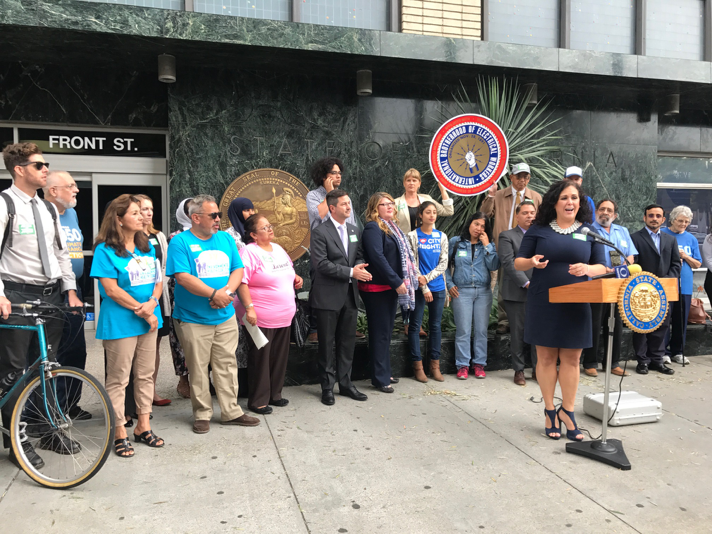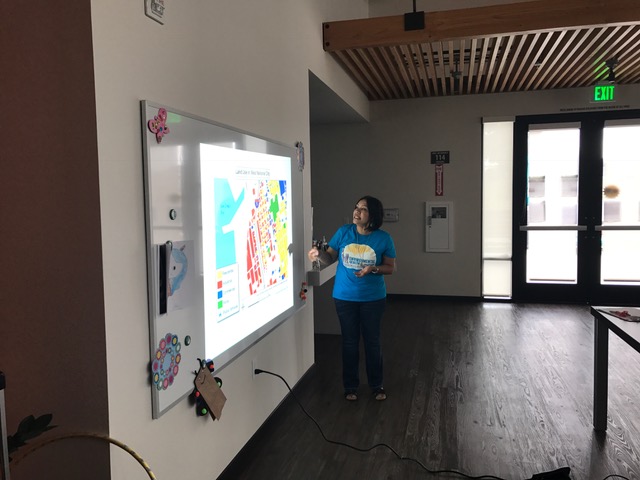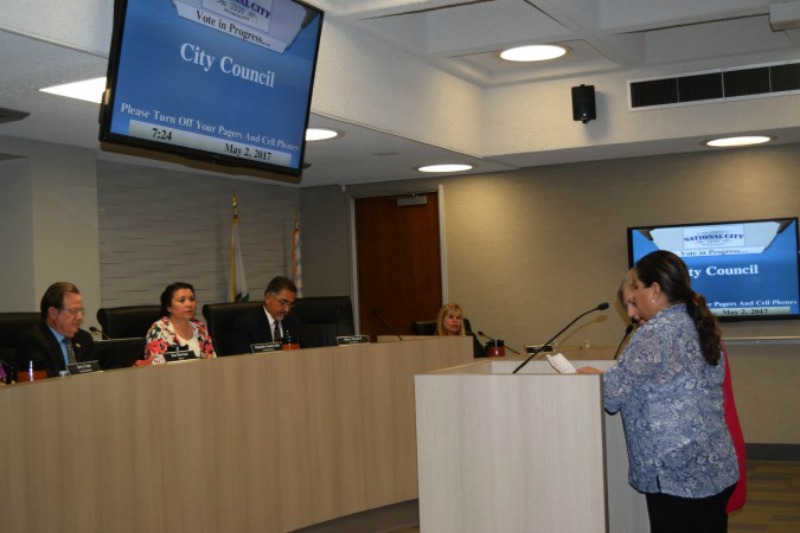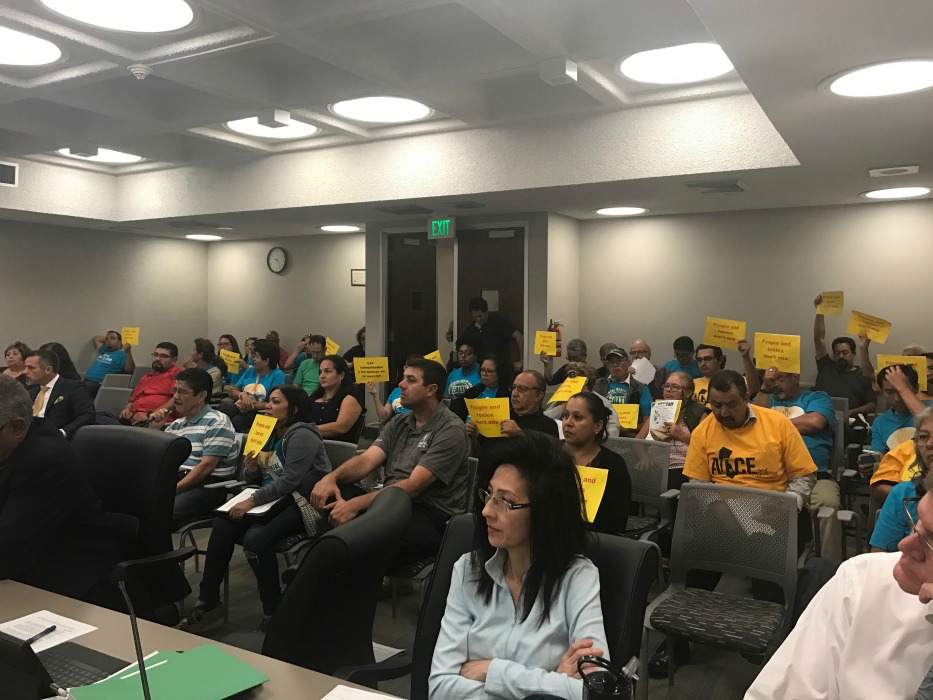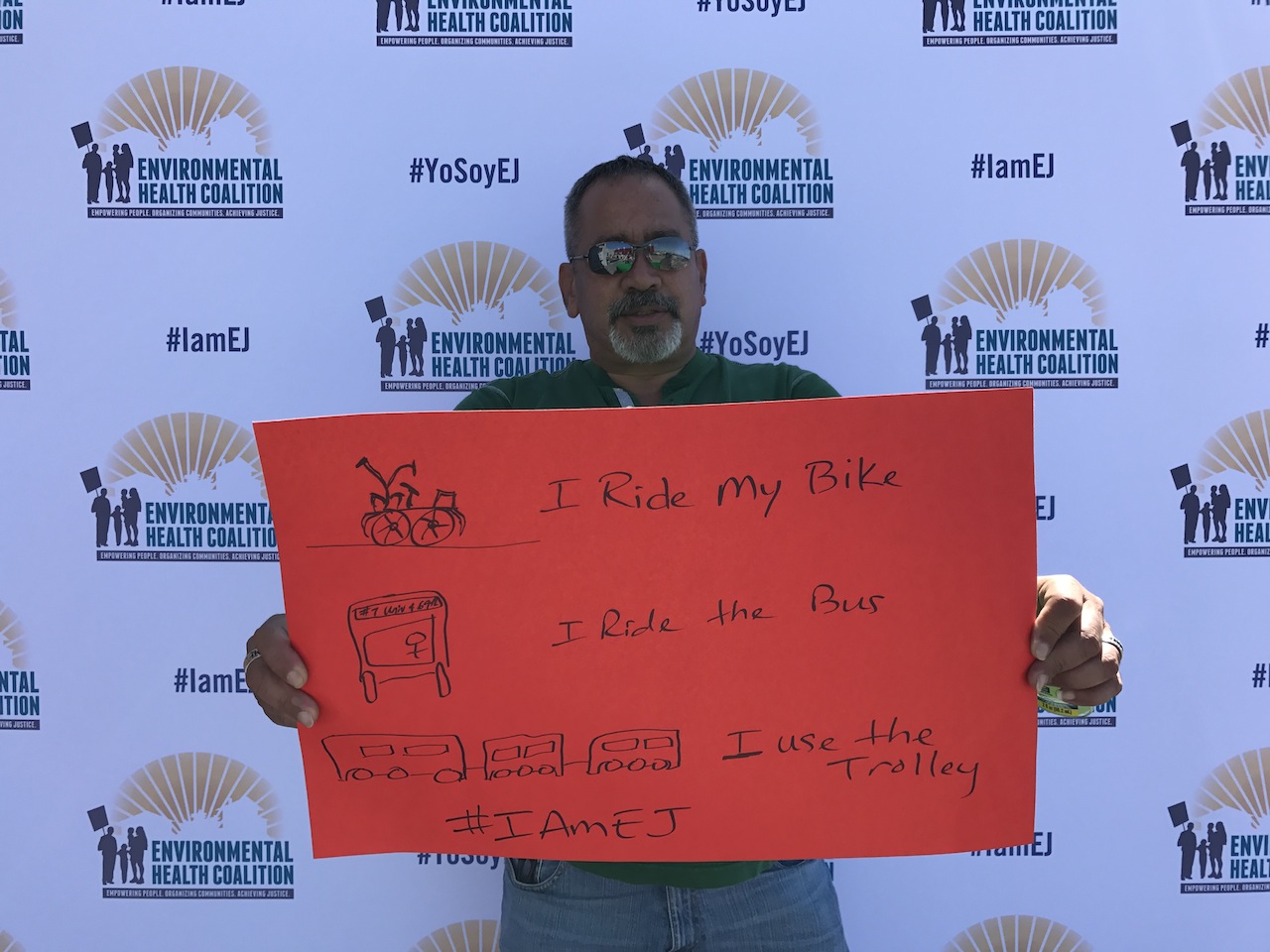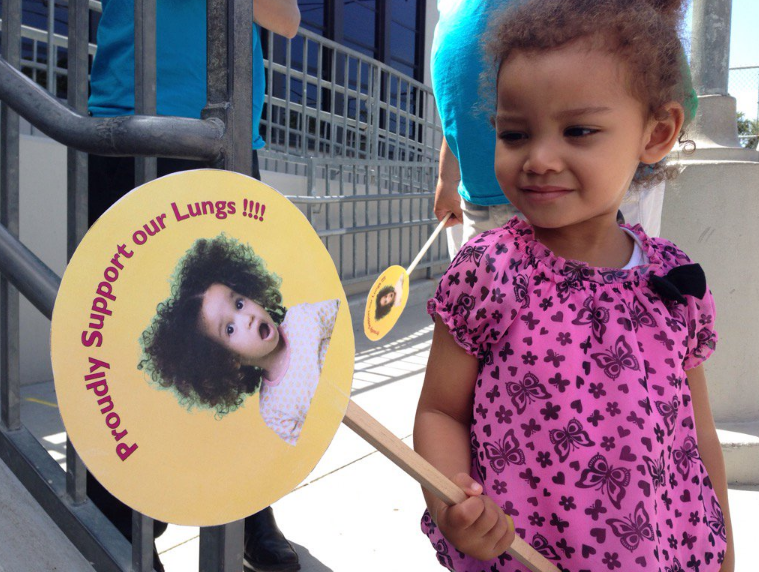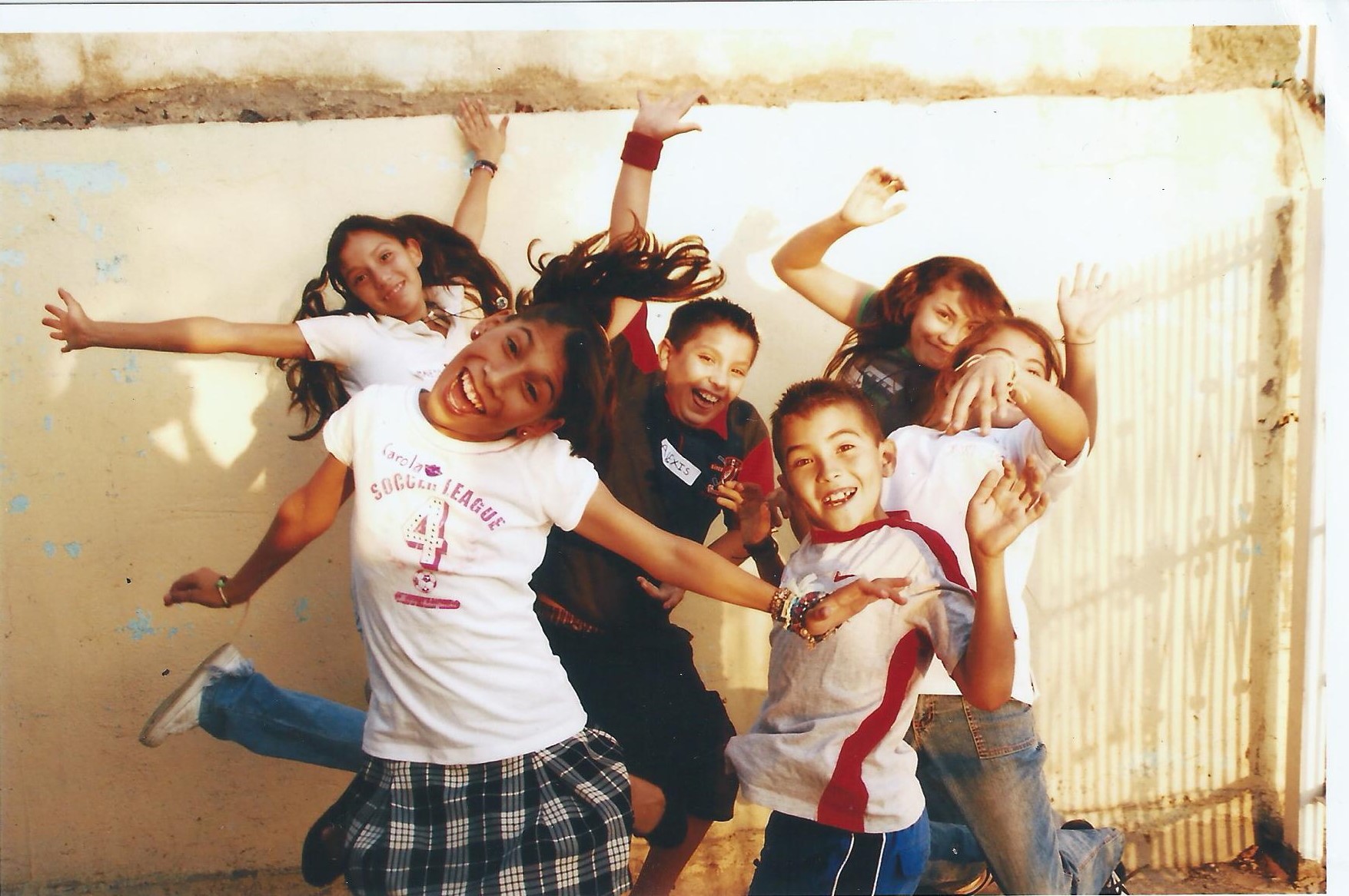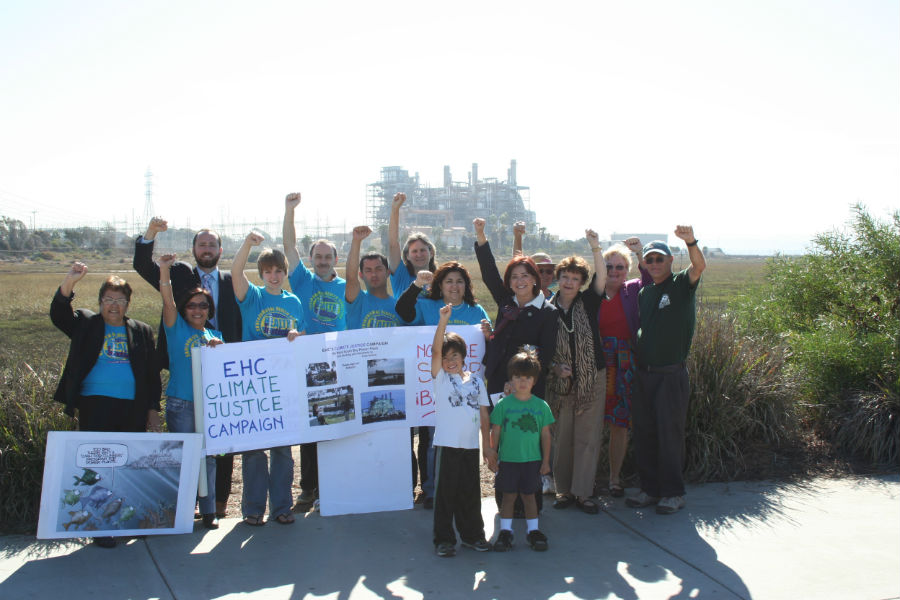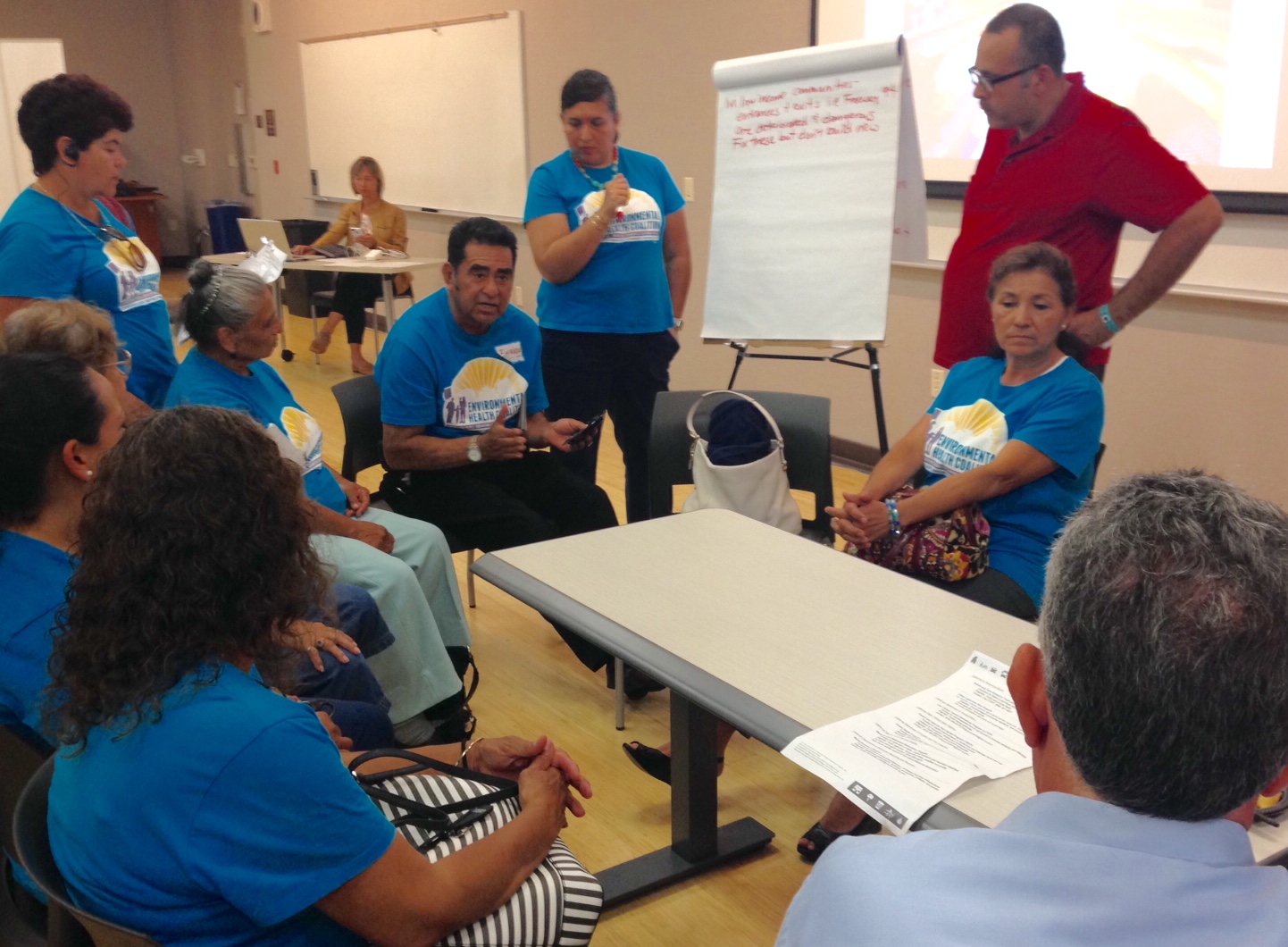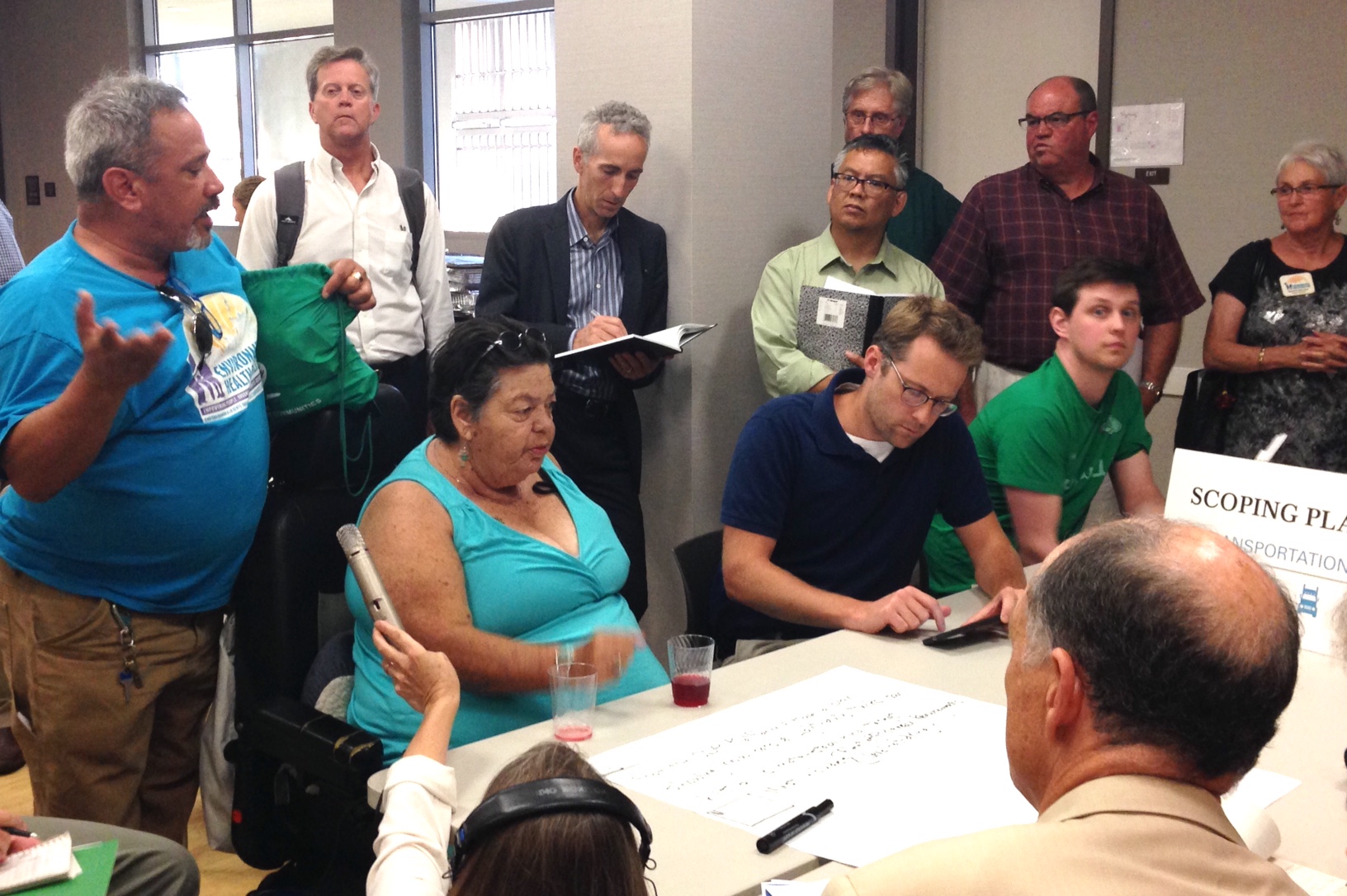| Communities on an international border have the great privilege and responsibility of transcending boundaries and merging two cultures into one unique way of life. Join us on April 14 to celebrate communities spearheading crossborder environmental justice and rebuilding the natural world we share. Reserve your seats today and join these sponsoring organizations as part of One People, Una Frontera. |
|
Ash Israni founded Pacifica Companies 31 years ago. He saw every real estate project as a chance to improve the quality of life in the community and preserve and protect the natural environment. Pacifica Companies develops real estate projects that improve the quality of life for the end user and those in the surrounding community on both sides of the border and around the world, respects the ideas and concerns of everyone whom the development affects, and preserves and protects the natural environment. |
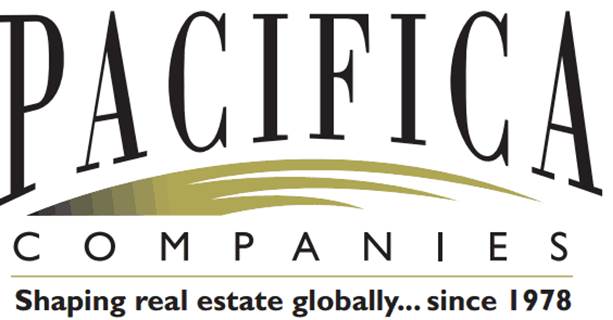 |
|
Platium Sponsor Tijuana Duty Free is a family business that looks forward to helping build healthier communities along the region where they work. |
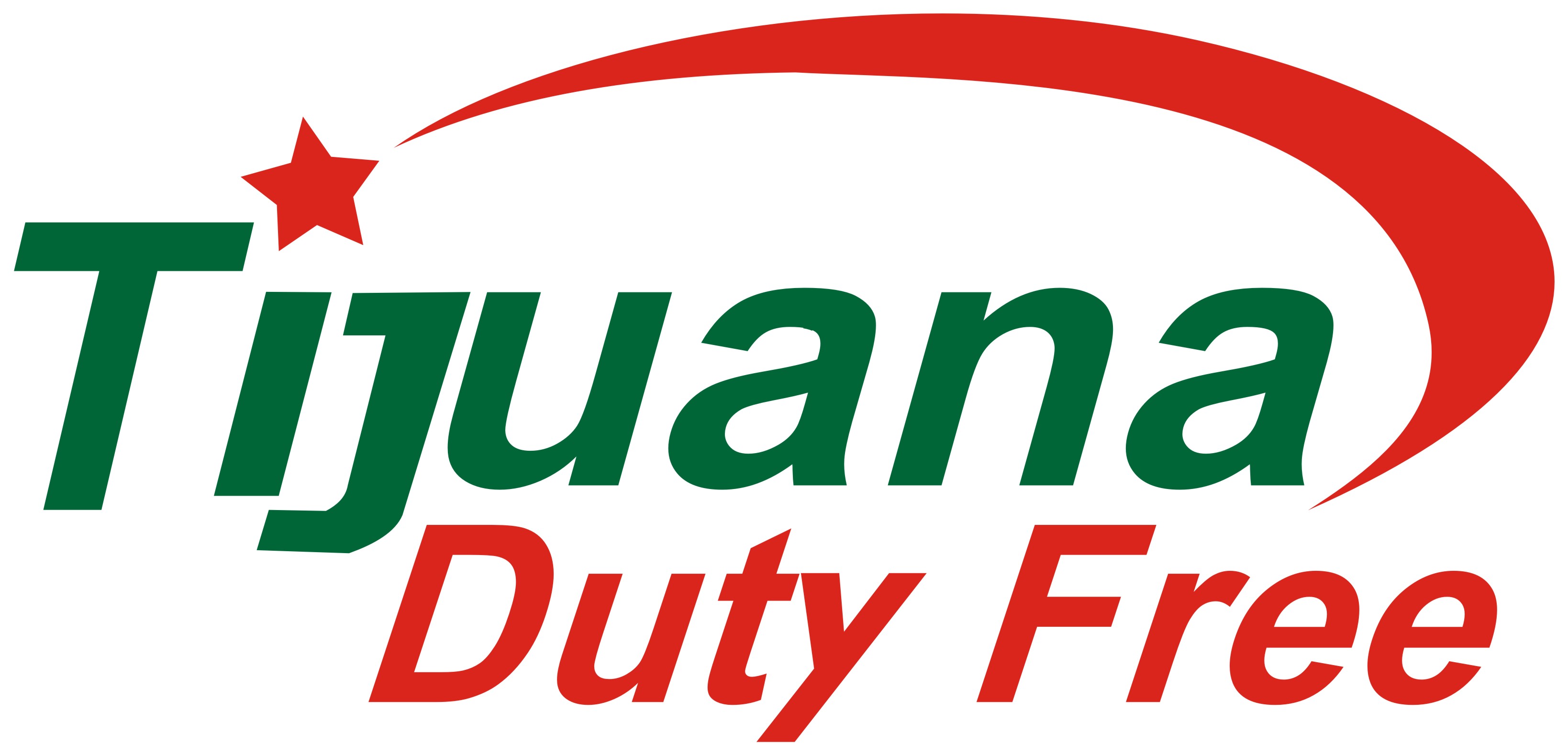 |
|
Platinum Sponsor UETA is an international business with locations on the San Diego international border. They are a new event sponsor, and want to support EHC’s Border Campaign to contribute to a healthier future for the region’s community. |
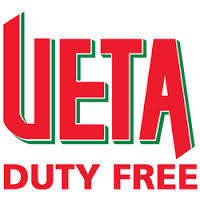 |
|
Gold Sponsor The San Diego Airport Authority is committed to operating San Diego’s air transportation gateways in a manner that promotes the region’s prosperity and its quality of life. |
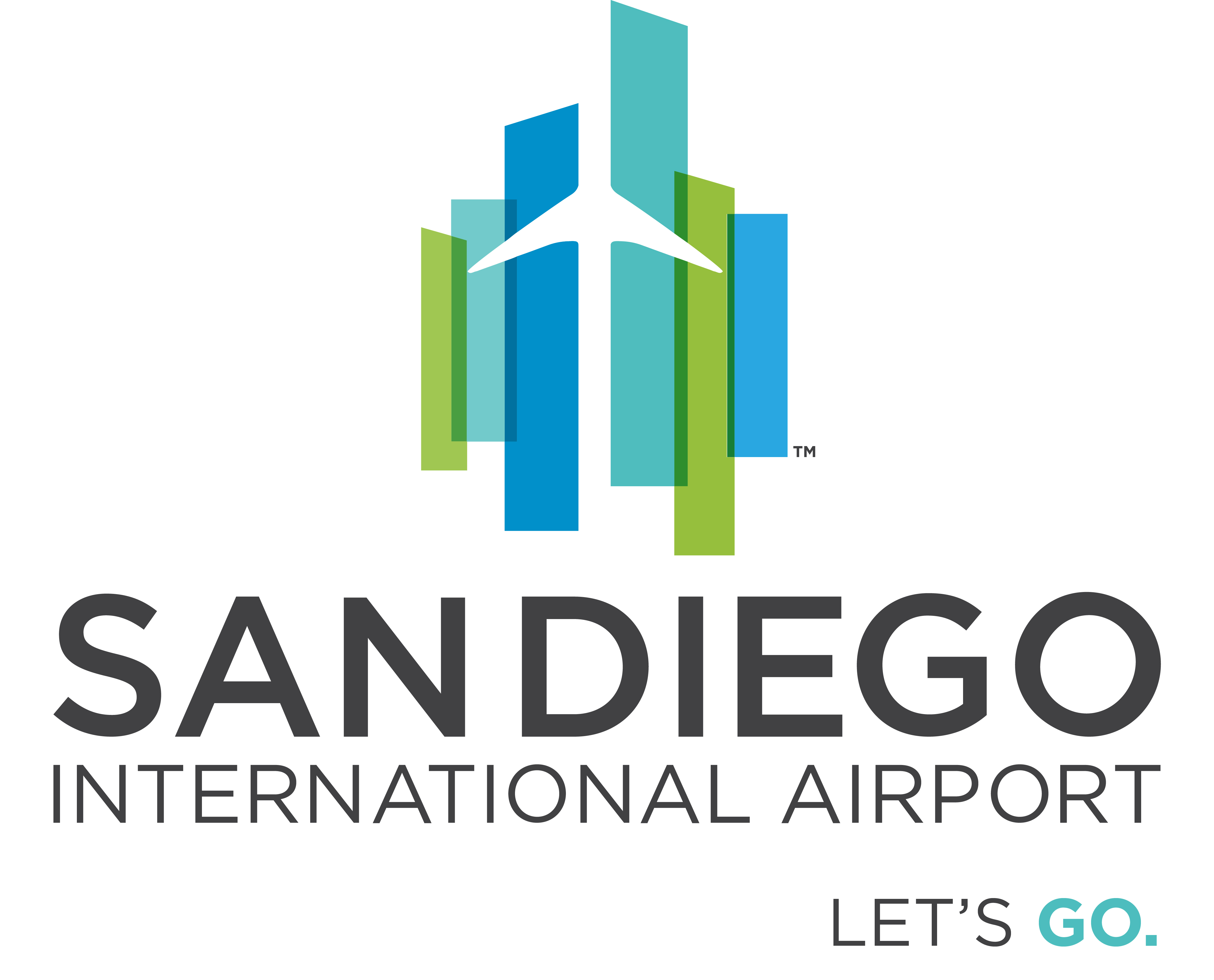 |
|
Gold Sponsor Representing over 3,000 power professionals in the region, the IBEW Local 569 provides training for their members. |
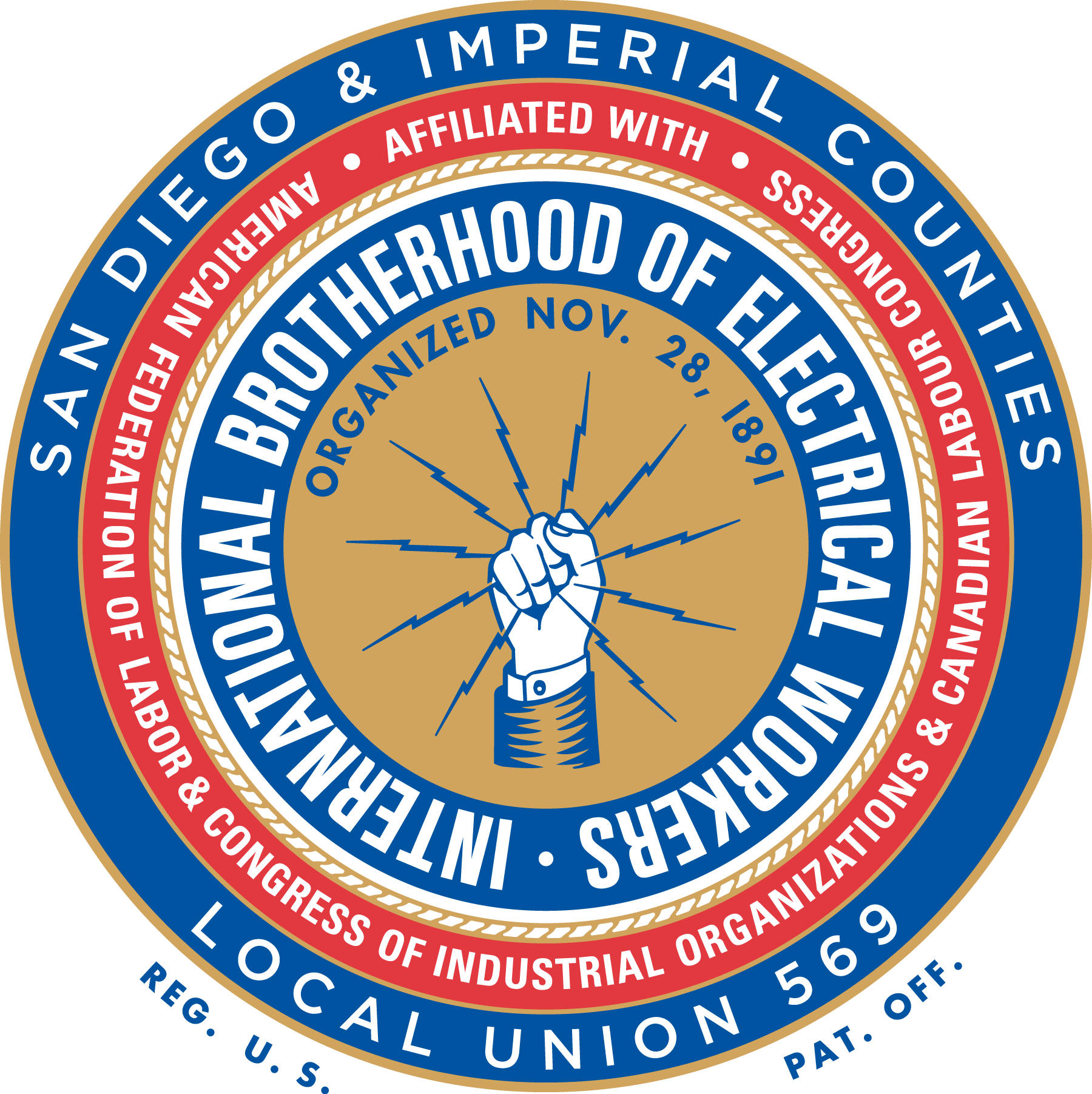 |
|
Gold Sponsor The Port of San Diego works to protect the Tidelands Trust resources through a balanced approach to the economic benefits, and community enjoyment. |
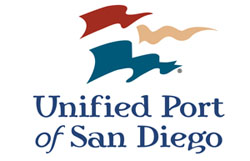 |
|
VIP Table SIMNSA sets a high goal to bring quality and cost-effective healthcare to both the employer and their cross-border workforce. |
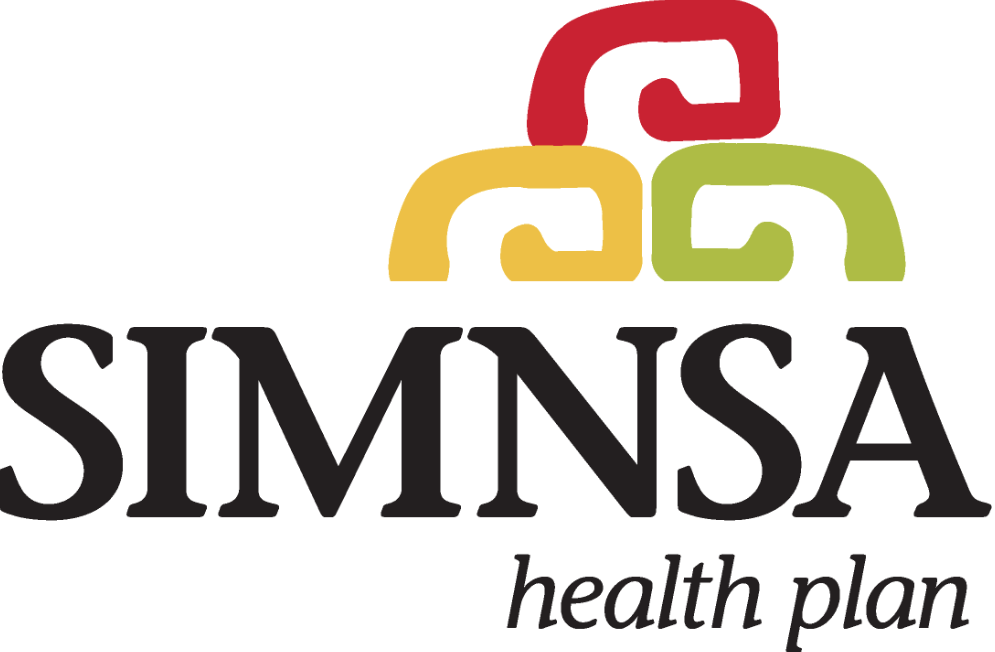 |
|
VIP Table Planned Parenthood of the Pacific Southwest's motto is, "Care. No matter what." It is no surprise they would care about our border region. |
 |
|
VIP Table Quigley Fine Wines is a wine importer and winery specializing in small production, artisan wines from Italy, France, Spain and California. Its wine consultants work one-on-one with clients to give them access to these wines and provide them with knowledge and insight into the wine world. It is Quigley's goal to bridge the gap between the winemaker and the wine drinker — to keep the stories behind the wine alive until the cork is popped and the wine can speak for itself. |
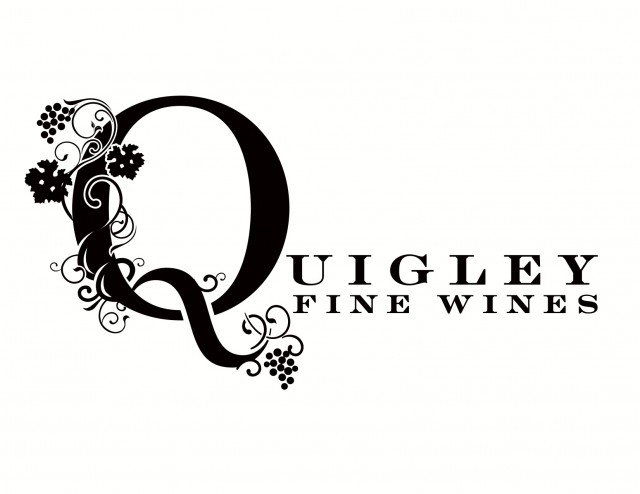 |
|
Community Sponsor TJTQ is a nonprofit on the Tijuana border to improve the border crossing experience. We are so glad to have them supporting our border work. |
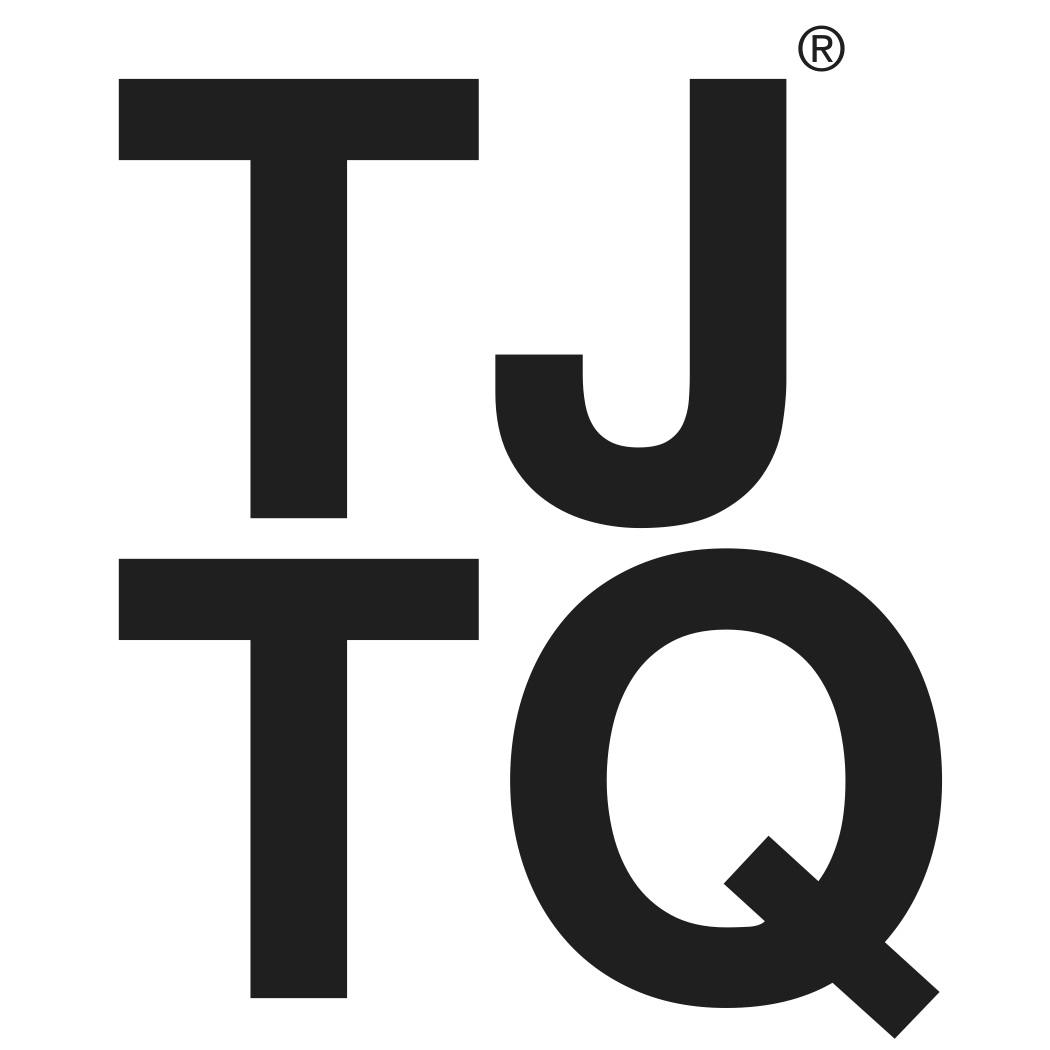 |
|
Community Sponsor La Maestra is all about health for underserved communities. Since 1991, La Maestra has provided culturally and linguistically competent care. |
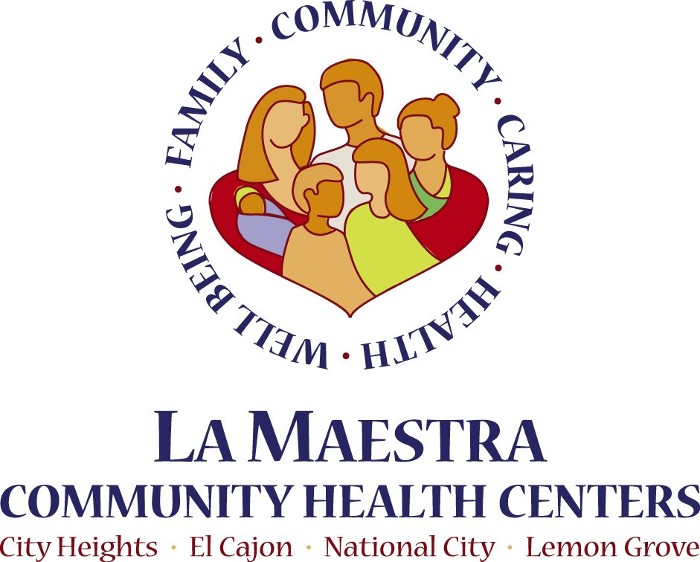 |
|
Community Sponsor The San Diego Convention Center provides an arena to advance the economic potential of the communities, and bring a global clientele to the region. |
|
Community Sponsor With programs in Social Justice, and programs looking at the border community, we are proud to have City College as a sponsor, and an educator for our region. |
|
Community Sponsor The mission of The Center is all about health, civil liberties, and a diverse community. It is not surprise they would want to sponsor health along this diverse border region of San Diego. |
|
Community Sponsor Tosdal Law Firm advocates for their clients in many areas of civil litigation, but they are partners in environmentalism with their work in energy law. They hope to protect the environment and incorporate new technologies in the green energy sector. |
|
Community Sponsor Ryan Bros Coffee is a staple of our community and always engaged in their impact on our neighborhood and in our environment. They love to serve coffee because they love people, and they embody the spirit of our border campaign. |
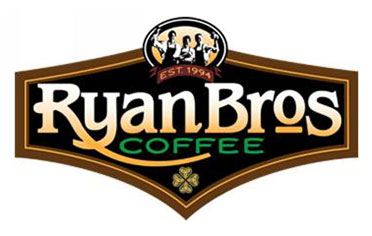 |


